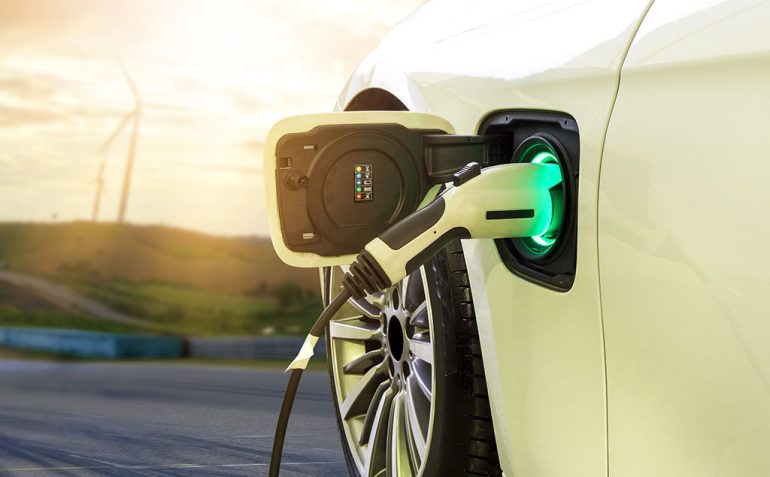
The COP28 climate conference in Dubai is witnessing significant concerns about the sluggish progress in reducing fossil fuel consumption to combat climate change. Despite the pervasive hand-wringing, there is a silver lining in the form of the burgeoning global fleet of electric vehicles (EVs), which is making a substantial impact on reducing demand for traditional oil.
The surge in electric vehicle sales in recent years has prompted industry experts to revise their projections for when global oil consumption will peak. Public subsidies and advancements in technology have played a crucial role in mitigating the steep upfront costs associated with electric cars. The International Energy Agency (IEA), based in Paris, now anticipates that world oil consumption will reach its pinnacle by the end of this decade at 103 million barrels per day, deviating from its 2017 forecast of a nearly 105 million bpd peak in 2040.
Apostolos Petropoulos, an energy modeler at the IEA, identifies the policy support for electrification as a game-changer, substantially reducing oil demand from the transportation sector, a primary driver of global oil demand growth. Notably, transportation accounts for about 60% of world oil demand, with the United States alone contributing around 10%. The IEA projects that EVs will have erased approximately 5 million barrels per day of global oil demand by 2030.
Global EV sales presently constitute around 13% of all vehicle sales and are expected to reach 40%-45% of the market by the end of the decade. This uptick is attributed to increasingly stringent efficiency standards and subsidies introduced worldwide since the 2015 Paris Agreement. Notable measures include the U.S. Inflation Reduction Act’s $7,500 tax credit for new EV purchases.
However, the IEA emphasizes that achieving the Paris Agreement target for limiting global warming requires even higher EV sales, around 70% of the market by 2030. Despite the optimistic outlook, challenges loom on the horizon, with major EV manufacturers like General Motors, Ford, and Stellantis scaling back production plans due to rising labor costs and potential impacts from higher interest rates in the United States.
The trajectory of EV adoption hinges on factors such as pricing and the availability of charging infrastructure. China, with its substantial government subsidies and access to essential rare earths, leads the charge, boasting about a quarter of the market share for EVs. In contrast, the United States faces challenges with higher average EV prices and a lag in the number of public charging stations compared to China and Europe.
While uncertainties persist, the IEA predicts that EVs could comprise up to 50% of new U.S. car registrations by 2030, driven by improving technology, falling prices, and the appeal of avoiding volatile gas prices. Despite potential political influences, the transition to electric vehicles is underway, marking a pivotal moment in the global effort to address climate change.
Source: Reuters

Darryl Taylor Dowe is a seasoned automotive professional with a proven track record of leading successful ventures and providing strategic consultation across the automotive industry. With years of hands-on experience in both business operations and market development, Darryl has played a key role in helping automotive brands grow and adapt in a rapidly evolving landscape. His insight and leadership have earned him recognition as a trusted expert, and his contributions to Automotive Addicts reflect his deep knowledge and passion for the business side of the car world.